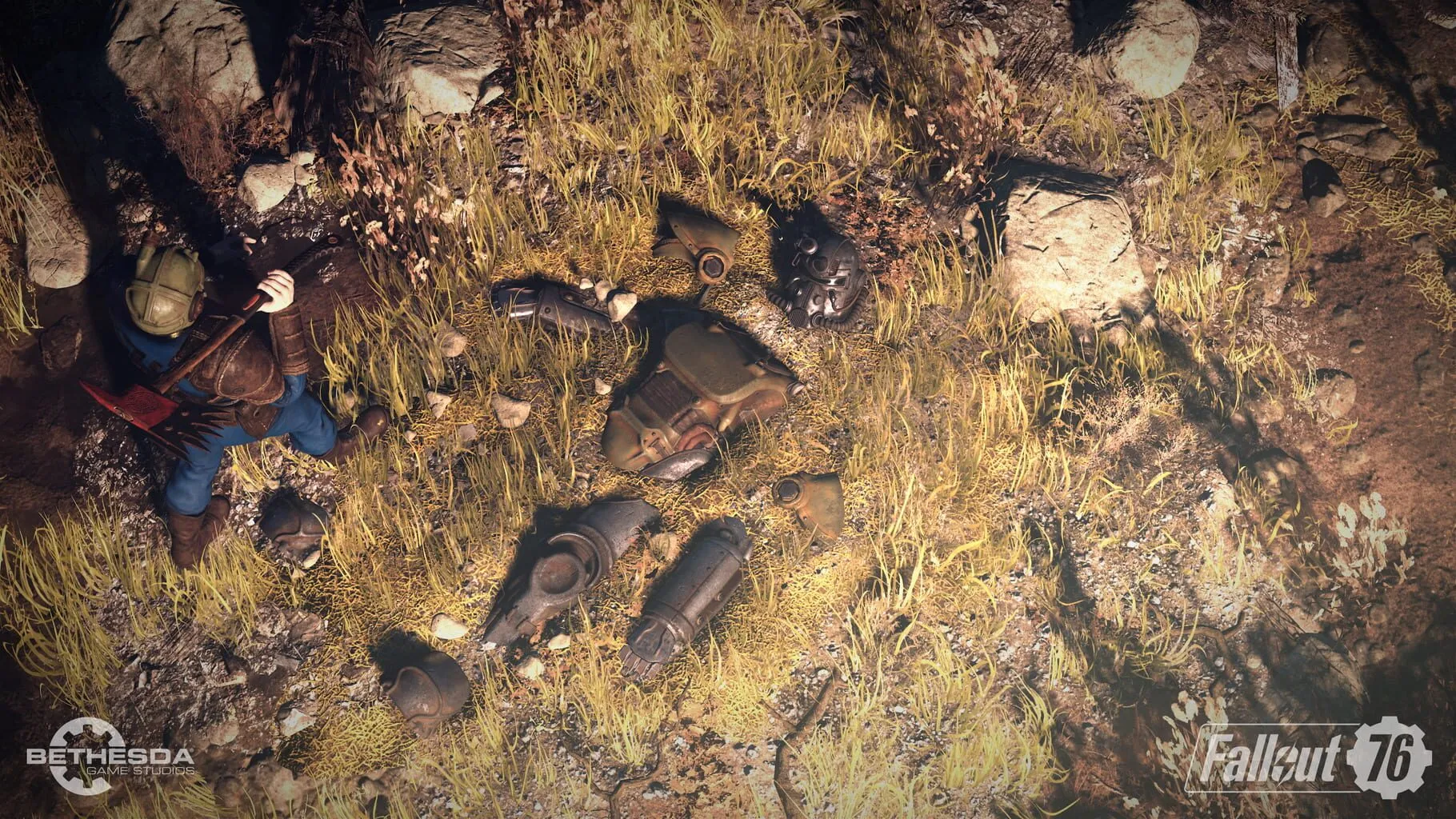Fallout 76, Bethesda Game Studios’ ambitious foray into the online multiplayer realm within the beloved, post-apocalyptic Fallout universe, presents players with an unyielding, irradiated sandbox. Among the game’s multifaceted systems and mechanics, base building under the C.A.M.P. (Construction and Assembly Mobile Platform) feature stands out as a cornerstone of player engagement. The essence and utility of crafting a personal abode or a fortress in the wasteland cannot be overstated, whether for safety, storage, crafting, or creating a trading hub for fellow survivors.
This comprehensive guide aims to elucidate the intricacies of base building in Fallout 76, escorting players through choosing an ideal location, deciphering the enigma of building blueprints, fortifying against the untold dangers of the wasteland, judiciously upgrading and expanding one’s homestead, and mastering the art of resource management.
Choosing the Perfect Location
The decision of where to anchor your C.A.M.P. is not to be made lightly. Multiple factors should be considered, such as proximity to resources, strategic positioning, and the elegance of the surrounding environment. An ideal location balances the tranquility of seclusion with convenient access to bustling player hubs and key in-game landmarks.
Resource Richness
Locations brimming with essential resources like water, wood, and minerals can significantly reduce the tedium of scavenging. A waterfront property, for instance, not only offers resplendent views but also facilitates the construction of water purifiers, ensuring a steady supply of this life-sustaining resource.
Strategic Positioning
While the allure of the map’s edge, with its solitude, may beckon, consider the frequency with which you’ll traverse the wasteland’s expanse to complete quests or trade. Central locations minimize travel time, but also come with increased risks of unwanted encounters with both creatures and potentially hostile players.
Environmental Considerations
Each biome in Fallout 76’s rendition of West Virginia, from the Forest region’s lush expanses to the toxic, visually striking Cranberry Bog, comes with its unique challenges and advantages. A base in the Mire, for example, is fraught with formidable foes but lies close to rare flora and fauna critical for high-end crafting.
Understanding Building Blueprints
The architectural backbone of any C.A.M.P., blueprints allow players to save and replicate their creations with ease. They’re especially valuable when relocating, enabling a swift establishment of a familiar base layout without the need to redesign from scratch.
Creating Blueprints
Blueprinting involves saving the layout of your base within the C.A.M.P. system. Once created, these blueprints can be accessed and placed in new locations, retaining the original design’s integrity, provided the terrain accommodates it.
Blueprint Optimization
When crafting your blueprints, keep flexibility in mind. Modular designs—segregating your base into distinct, functional units like crafting, housing, and defense—allow for easier adjustments and expansions down the line.
Defending Your Base
The wasteland is fraught with dangers, from marauding Scorchbeasts to nefarious players. A well-fortified base can withstand these threats, preserving your resources and providing a safe haven.
Structural Defenses
Walls, fences, and fortified entry points are your first line of defense, serving as deterrents and delaying hostile entities. Turrets and traps, powered by your C.A.M.P.’s generator, offer active defense mechanisms, automatically engaging threats within their detection radius.
Strategic Layout
Consider defense-in-depth strategies, creating layers of defenses rather than relying solely on perimeter fortification. An interior safe room can protect your most valuable assets and provide a fallback point during a siege.
Upgrading and Expanding
As you venture further into the wasteland, your base will need to evolve to accommodate new technologies, crafting capabilities, and increased storage needs.
Prioritizing Upgrades
Focus initially on crafting stations and storage solutions, enabling you to efficiently process raw materials and safeguard your accumulated treasures. From there, expand based on your playstyle, whether that’s enhancing defenses, establishing a trading post, or beautifying your abode.
Resource Efficiency
Upgrades often demand a substantial investment of resources. Engage in expeditions specifically geared towards the possession of necessary materials, and consider deconstructing unused or obsolete structures to reclaim some of their components.
Resource Management
The foundation of effective base building and maintenance in Fallout 76 lies in adept resource management. The wasteland, while perilous, is abundant with salvageable materials critical for construction.
Resource Gathering
Frequent mining nodes, forested areas, and derelict structures to maintain a steady influx of raw materials. Perks like “Scrapper” can increase the yield of salvage operations, making your excursions into the wilds substantially more productive.
Inventory Management
The C.A.M.P. system, while generous, has its limits. Utilize containers to organize your resources, keeping a keen eye on your stash’s capacity. Discerning what to keep, what to sell, and what to scrap is paramount to avoiding resource overflow and ensuring your base remains functional and clutter-free.
Trade and Barter
Fallout 76’s economy thrives on player interaction. Trading surplus resources can furnish you with scarce materials you might require, or simply inject some much-needed currency into your coffers. Establishing a trading outpost at your C.A.M.P. can attract fellow survivors, turning your base into a bustling marketplace.

